Cormorant Pursuing a Fish School – Lütfü Tanrıöver (2014)
Lütfü Tanrıöver recorded this short observation in the eastern Mediterranean town of Fethiye. As the camera rolled it recorded some pretty interesting interactions. Most water birds ambush their prey. Cormorants are different. They actively chase their prey underwater. Here you can see one going after a small school of Mediterranean sand smelt (Atherina hepsetus). Predation pressure is intense. If you pay attention you will notice another predator of small fish, a blue-spotted cornet fish entering the screen from the very […]

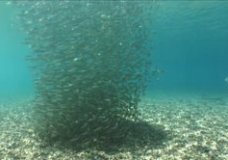
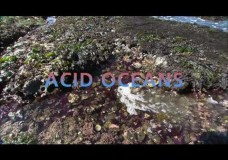
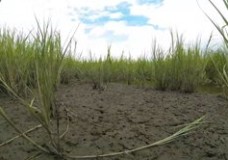
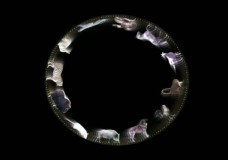
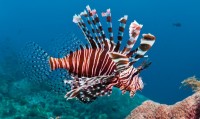
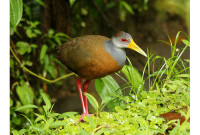
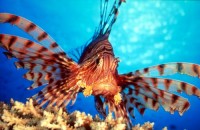
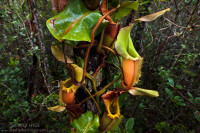
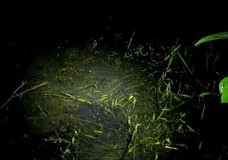

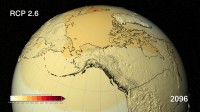

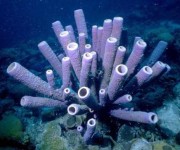
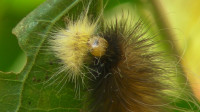
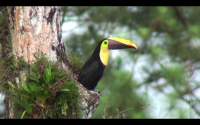

Recent Comments